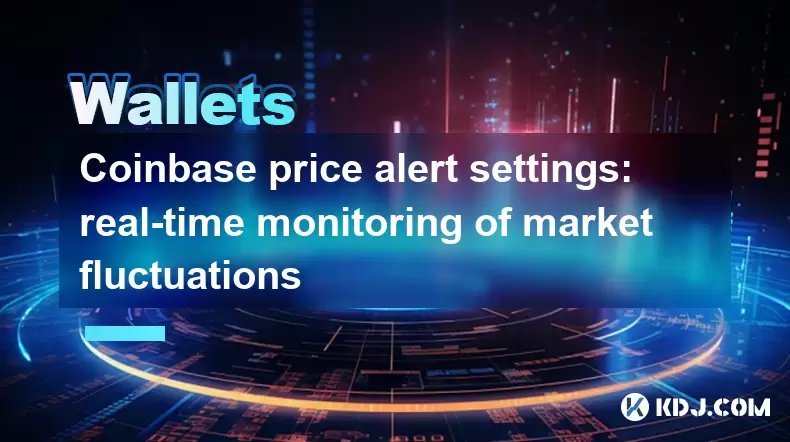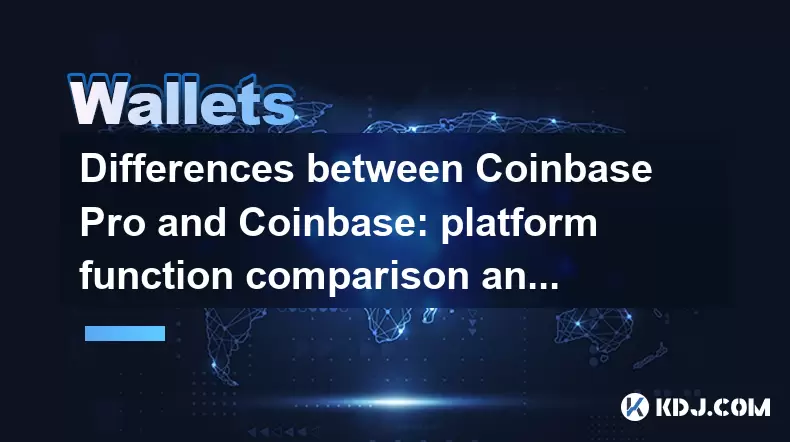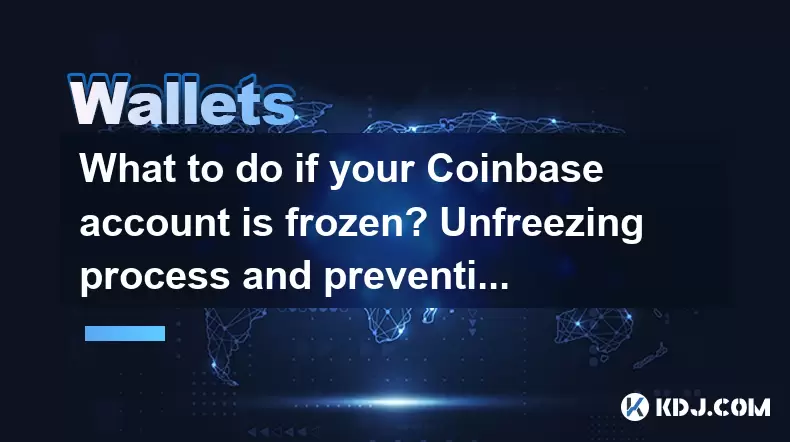-
 Bitcoin
Bitcoin $107,397.3430
-0.20% -
 Ethereum
Ethereum $2,467.5633
1.33% -
 Tether USDt
Tether USDt $1.0002
0.01% -
 XRP
XRP $2.1994
0.71% -
 BNB
BNB $655.8723
1.07% -
 Solana
Solana $157.3780
4.63% -
 USDC
USDC $1.0000
0.02% -
 TRON
TRON $0.2792
1.23% -
 Dogecoin
Dogecoin $0.1645
0.50% -
 Cardano
Cardano $0.5666
1.83% -
 Hyperliquid
Hyperliquid $39.8730
3.91% -
 Bitcoin Cash
Bitcoin Cash $514.7673
5.02% -
 Sui
Sui $2.7969
-0.51% -
 Chainlink
Chainlink $13.2880
0.07% -
 UNUS SED LEO
UNUS SED LEO $9.1148
-0.60% -
 Avalanche
Avalanche $17.9247
0.34% -
 Stellar
Stellar $0.2351
-0.98% -
 Toncoin
Toncoin $2.9456
2.69% -
 Shiba Inu
Shiba Inu $0.0...01144
-0.74% -
 Litecoin
Litecoin $85.9064
-0.62% -
 Hedera
Hedera $0.1495
1.47% -
 Monero
Monero $319.0339
3.82% -
 Polkadot
Polkadot $3.3940
-0.40% -
 Dai
Dai $1.0000
0.01% -
 Ethena USDe
Ethena USDe $1.0003
0.00% -
 Bitget Token
Bitget Token $4.5223
-1.95% -
 Uniswap
Uniswap $7.1384
-0.02% -
 Aave
Aave $272.7534
0.72% -
 Pepe
Pepe $0.0...09836
2.57% -
 Pi
Pi $0.5107
-2.06%
How to set the auto-lock time for Exodus wallet?
Setting the auto-lock time in Exodus wallet enhances security by automatically logging you out after inactivity, customizable via the settings menu.
Apr 04, 2025 at 11:07 pm

Setting the auto-lock time for your Exodus wallet is a crucial step in enhancing the security of your cryptocurrency assets. The auto-lock feature automatically logs you out of your wallet after a period of inactivity, reducing the risk of unauthorized access. To set this up, you'll need to navigate through the settings menu within the Exodus application. This process is straightforward and can be completed in just a few steps. By customizing the auto-lock time, you can balance convenience with security according to your personal needs.
Accessing the Settings Menu
To begin setting the auto-lock time, you first need to access the settings menu in Exodus. Open the Exodus wallet on your device. Once the wallet is open, look for the settings icon, typically located in the bottom left corner of the screen. Click on this icon to enter the settings menu. Within the settings, you will find various options to customize your wallet's functionality, including the auto-lock feature. Navigating to this section is the first step towards securing your wallet with an auto-lock time.
Navigating to Security Settings
After entering the settings menu, you need to navigate to the security settings. Scroll through the options until you find the "Security" tab. Click on it to access a range of security-related features. Among these, you will see the option to set the auto-lock time. This section is designed to help you manage the security aspects of your wallet, ensuring that your cryptocurrencies remain safe from potential threats. By selecting the appropriate settings, you can tailor the security measures to fit your usage patterns.
Setting the Auto-Lock Time
Once you are in the security settings, locate the "Auto-Lock Timer" option. This feature allows you to set the duration after which your wallet will automatically lock itself if there is no activity. You can choose from several preset times, such as 1 minute, 5 minutes, 15 minutes, or 30 minutes. Select the time that best suits your needs. If you frequently step away from your device, a shorter time might be more appropriate. Conversely, if you prefer longer sessions, you might opt for a longer auto-lock time. After selecting your preferred duration, save the settings to apply the changes.
Confirming the Auto-Lock Time
After setting the auto-lock time, it's important to confirm that the changes have been applied correctly. Exit the settings menu and wait for the specified time to pass without interacting with the wallet. Once the auto-lock time elapses, your wallet should automatically lock, requiring you to enter your password to regain access. This step ensures that your chosen auto-lock time is functioning as intended. If the wallet does not lock after the set time, you may need to revisit the settings and adjust them accordingly.
Benefits of Using Auto-Lock
Using the auto-lock feature in your Exodus wallet offers several benefits. Firstly, it adds an extra layer of security by automatically locking your wallet after a period of inactivity, reducing the risk of unauthorized access if you leave your device unattended. Secondly, it helps you develop good security habits by encouraging you to regularly log out of your wallet. Additionally, the auto-lock feature can be customized to fit your lifestyle, allowing you to balance security with convenience. By setting an appropriate auto-lock time, you can ensure that your cryptocurrencies remain safe without compromising your user experience.
Adjusting the Auto-Lock Time
If you find that the initial auto-lock time you set is not suitable for your needs, you can easily adjust it. Return to the settings menu and navigate to the security settings as described earlier. Find the "Auto-Lock Timer" option and select a new duration that better fits your usage patterns. You might need to experiment with different times to find the perfect balance between security and convenience. Remember to confirm the new settings by waiting for the wallet to lock after the adjusted time. This flexibility allows you to tailor the auto-lock feature to your specific requirements.
Best Practices for Using Auto-Lock
To maximize the effectiveness of the auto-lock feature, consider the following best practices. Firstly, choose an auto-lock time that reflects your typical usage patterns. If you often step away from your device, a shorter time might be more appropriate. Secondly, always ensure that your device is in a secure location when you are not actively using your wallet. Thirdly, regularly review and adjust your auto-lock settings to ensure they remain suitable for your needs. Finally, combine the auto-lock feature with other security measures, such as strong passwords and two-factor authentication, to create a robust security strategy for your Exodus wallet.
Troubleshooting Common Issues
If you encounter issues with the auto-lock feature, there are several steps you can take to troubleshoot. First, ensure that you have saved the settings after adjusting the auto-lock time. If the wallet does not lock after the set time, try restarting the application. If the problem persists, check for any updates to the Exodus wallet, as newer versions may resolve known issues. Additionally, ensure that your device's time and date settings are correct, as discrepancies can affect the auto-lock functionality. If all else fails, reach out to Exodus support for further assistance.
Understanding the Importance of Auto-Lock
The auto-lock feature is a critical component of wallet security in the cryptocurrency world. It serves as a safeguard against unauthorized access, especially in scenarios where you might leave your device unattended. By automatically locking your wallet after a period of inactivity, it minimizes the window of opportunity for potential hackers. This feature is particularly important for users who store significant amounts of cryptocurrency in their wallets. Understanding the importance of auto-lock can help you appreciate its role in protecting your digital assets and encourage you to use it effectively.
Comparing Auto-Lock with Other Security Features
While the auto-lock feature is essential, it is just one part of a comprehensive security strategy for your Exodus wallet. Other security features include strong password protection, two-factor authentication (2FA), and encryption. Each of these elements plays a unique role in securing your wallet. For instance, a strong password acts as the first line of defense, while 2FA adds an additional layer of verification. Encryption ensures that your data remains unreadable to unauthorized users. By combining these features with auto-lock, you can create a multi-layered security approach that significantly reduces the risk of unauthorized access to your cryptocurrencies.
User Experiences with Auto-Lock
Many users have shared positive experiences with the auto-lock feature in Exodus wallet. They appreciate the added security it provides, especially when they are away from their devices. Some users have noted that setting a shorter auto-lock time has helped them develop better security habits, such as regularly logging out of their wallets. Others have found that the flexibility to adjust the auto-lock time allows them to tailor the feature to their specific needs. Overall, user feedback highlights the importance of the auto-lock feature in enhancing the security of their cryptocurrency assets.
Future Developments in Wallet Security
As the cryptocurrency industry continues to evolve, wallet security features like auto-lock are likely to see further enhancements. Future developments might include more granular control over auto-lock settings, allowing users to set different times for different scenarios. Additionally, advancements in biometric authentication could integrate with auto-lock features, providing an even more secure and user-friendly experience. As these technologies progress, it's important for users to stay informed and adapt their security practices accordingly. Keeping up with the latest developments can help you maintain the highest level of security for your Exodus wallet.
Common Questions About Setting Auto-Lock Time in Exodus Wallet
Q: How do I access the settings menu in Exodus wallet?
A: To access the settings menu, open the Exodus wallet on your device and click on the settings icon located in the bottom left corner of the screen.
Q: Can I change the auto-lock time after setting it initially?
A: Yes, you can change the auto-lock time at any point. Simply navigate back to the security settings and adjust the "Auto-Lock Timer" to your preferred duration.
Q: What should I do if the auto-lock feature is not working?
A: If the auto-lock feature is not working, ensure you have saved the settings, restart the application, check for updates, and verify your device's time and date settings. If issues persist, contact Exodus support.
Q: How does the auto-lock feature enhance wallet security?
A: The auto-lock feature enhances wallet security by automatically locking your wallet after a period of inactivity, reducing the risk of unauthorized access if you leave your device unattended.
Q: What other security features should I use alongside auto-lock?
A: Alongside auto-lock, you should use strong password protection, two-factor authentication (2FA), and encryption to create a comprehensive security strategy for your Exodus wallet.
Disclaimer:info@kdj.com
The information provided is not trading advice. kdj.com does not assume any responsibility for any investments made based on the information provided in this article. Cryptocurrencies are highly volatile and it is highly recommended that you invest with caution after thorough research!
If you believe that the content used on this website infringes your copyright, please contact us immediately (info@kdj.com) and we will delete it promptly.
- Unlock Crypto Riches: Mining Platforms & Starter Bonuses - Your Gateway to Digital Gold!
- 2025-06-30 22:30:11
- Dogecoin, Cloud Mining, and Risk Alerts: Navigating the Meme Minefield
- 2025-06-30 22:30:11
- Ric Edelman's Bold Crypto Allocation: A Financial Advisor's Perspective
- 2025-06-30 22:50:12
- Bitcoin Layer-2 Presale Heats Up: Is HYPER the Next Big Thing?
- 2025-06-30 22:50:12
- Bitcoin's Bull Run: Network Activity Tells a Different Story
- 2025-06-30 22:55:12
- SpacePay, Altcoins & Investing in 2025: What's the Buzz?
- 2025-06-30 23:10:12
Related knowledge

Coinbase price alert settings: real-time monitoring of market fluctuations
Jun 29,2025 at 07:00am
Setting Up Coinbase Price AlertsTo begin real-time monitoring of market fluctuations on Coinbase, users can utilize the built-in price alert feature. This function allows you to receive notifications when a cryptocurrency reaches a specific price point. To access this setting, open the Coinbase app or log in via the web platform. Navigate to the 'Prices...

How to stake cryptocurrencies on Coinbase? Benefits and risks
Jun 27,2025 at 06:36pm
Understanding Cryptocurrency Staking on CoinbaseStaking cryptocurrencies involves locking up digital assets to support the operations of a blockchain network, typically in return for rewards. Coinbase, one of the most popular cryptocurrency exchanges globally, offers staking services for several proof-of-stake (PoS) coins. Users can stake their holdings...

Differences between Coinbase Pro and Coinbase: platform function comparison and analysis
Jun 29,2025 at 08:21am
Overview of Coinbase and Coinbase ProWhen exploring the cryptocurrency trading landscape, users often encounter two platforms under the same parent company: Coinbase and Coinbase Pro. While both are operated by the same organization, they cater to different types of users and offer varying features. Coinbase is primarily designed for beginners and casua...

What to do if your Coinbase account is frozen? Unfreezing process and preventive measures
Jun 30,2025 at 03:49am
Understanding Why Your Coinbase Account Might Be FrozenIf your Coinbase account is frozen, it typically indicates that the platform has detected suspicious activity or potential violations of its terms of service. This could be due to a variety of reasons such as unusual login attempts, high-risk transactions, or incomplete verification steps. Coinbase ...

How to contact Coinbase customer service? Support channels and response times
Jun 28,2025 at 01:29pm
Contacting Coinbase Customer Service: Support Channels and Response TimesIf you're a user of Coinbase, reaching their customer service team may become necessary for various reasons, such as account verification issues, transaction disputes, or technical difficulties. Understanding the different support channels available and what to expect in terms of r...

Coinbase advanced trading function usage tutorial: limit orders and market orders
Jun 28,2025 at 09:07pm
Understanding the Difference Between Limit Orders and Market OrdersWhen using Coinbase's advanced trading features, it is crucial to understand the fundamental difference between limit orders and market orders. A market order executes immediately at the best available price on the market. This type of order ensures that your trade goes through quickly, ...

Coinbase price alert settings: real-time monitoring of market fluctuations
Jun 29,2025 at 07:00am
Setting Up Coinbase Price AlertsTo begin real-time monitoring of market fluctuations on Coinbase, users can utilize the built-in price alert feature. This function allows you to receive notifications when a cryptocurrency reaches a specific price point. To access this setting, open the Coinbase app or log in via the web platform. Navigate to the 'Prices...

How to stake cryptocurrencies on Coinbase? Benefits and risks
Jun 27,2025 at 06:36pm
Understanding Cryptocurrency Staking on CoinbaseStaking cryptocurrencies involves locking up digital assets to support the operations of a blockchain network, typically in return for rewards. Coinbase, one of the most popular cryptocurrency exchanges globally, offers staking services for several proof-of-stake (PoS) coins. Users can stake their holdings...

Differences between Coinbase Pro and Coinbase: platform function comparison and analysis
Jun 29,2025 at 08:21am
Overview of Coinbase and Coinbase ProWhen exploring the cryptocurrency trading landscape, users often encounter two platforms under the same parent company: Coinbase and Coinbase Pro. While both are operated by the same organization, they cater to different types of users and offer varying features. Coinbase is primarily designed for beginners and casua...

What to do if your Coinbase account is frozen? Unfreezing process and preventive measures
Jun 30,2025 at 03:49am
Understanding Why Your Coinbase Account Might Be FrozenIf your Coinbase account is frozen, it typically indicates that the platform has detected suspicious activity or potential violations of its terms of service. This could be due to a variety of reasons such as unusual login attempts, high-risk transactions, or incomplete verification steps. Coinbase ...

How to contact Coinbase customer service? Support channels and response times
Jun 28,2025 at 01:29pm
Contacting Coinbase Customer Service: Support Channels and Response TimesIf you're a user of Coinbase, reaching their customer service team may become necessary for various reasons, such as account verification issues, transaction disputes, or technical difficulties. Understanding the different support channels available and what to expect in terms of r...

Coinbase advanced trading function usage tutorial: limit orders and market orders
Jun 28,2025 at 09:07pm
Understanding the Difference Between Limit Orders and Market OrdersWhen using Coinbase's advanced trading features, it is crucial to understand the fundamental difference between limit orders and market orders. A market order executes immediately at the best available price on the market. This type of order ensures that your trade goes through quickly, ...
See all articles

























































































